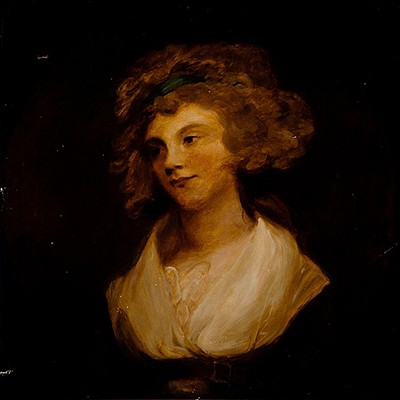Dutch school, following XVII century models; XIX century. "Still life". Oil on canvas. Relined.
About Seller
Carrer Aragó 346
Barcelona
Spain
Setdart Subastas was born in 2004 and is currently the first online art auction in Spain with solidity, prestige and reliability guaranteed by our more than 60,000 users. Setdart has a young, dynamic and enterprising team ready to successfully manage the purchase and sale of art works through custom...Read more
Two ways to bid:
- Leave a max absentee bid and the platform will bid on your behalf up to your maximum bid during the live auction.
- Bid live during the auction and your bids will be submitted real-time to the auctioneer.
Bid Increments
| Price | Bid Increment |
|---|---|
| EUR€0 | EUR€10 |
| EUR€200 | EUR€25 |
| EUR€500 | EUR€50 |
| EUR€1,000 | EUR€100 |
| EUR€3,000 | EUR€200 |
| EUR€5,000 | EUR€500 |
| EUR€10,000 | EUR€1,000 |
| EUR€20,000 | EUR€2,000 |
| EUR€50,000 | EUR€5,000 |
About Auction
Nov 25, 2021
Setdart Auction House sofia@setdart.com
- Lot Description
Dutch school, following XVII century models; XIX century. "Still life". Oil on canvas. Relined. Presents jumps in the paint and stains of superficial dirt. Measurements: 104 x 84 cm; 111 x 90 cm (frame). In this work the author presents a typically baroque still life, with the elements arranged on a wooden plank as a table, and a dark neutral background where all the bright shades of the fruits that are part of the still life stand out. Figs, sweets and fruits are the protagonists without forgetting the crockery in which he combines the ceramic that he has in some dishes, with silver and glass, thus demonstrating his technical virtuosity. One of the most important resources is the lemon peel, which hangs from the fruit was a resource widely used by the Dutch school, the presence of this element designated the passage of time, thus approaching the genre of vanities. The Latin term "vanitas" designates a particular category of still life, of high symbolic value, starring objects that allude to the fragility and brevity of life, the passage of time and death. Vanities denounce the relativity of knowledge and the vanity of mankind subject to the passage of time and death. It is a genre especially practiced during the baroque period, and its title and conception are related to a passage from Ecclesiastes: "vanitas vanitatum omnia vanitas" ("vanity of vanities, all is vanity"). The message it conveys is the futility of worldly pleasures in the face of the certainty of death, encouraging the adoption of a somber view of the world. In the 17th century, these moralizing still lifes became very frequent as an indispensable complement to preaching and devotion in Europe, under forms and with slightly different intentions in Catholic and Protestant areas. Undoubtedly, it was in the painting of the Dutch school where the consequences of the political emancipation of the region, as well as the economic prosperity of the liberal bourgeoisie, were most openly manifested. The combination of the discovery of nature, objective observation, the study of the concrete, the appreciation of the everyday, the taste for the real and material, the sensitivity to the seemingly insignificant, made the Dutch artist commune with the reality of everyday life, without seeking any ideal alien to that same reality. The painter did not seek to transcend the present and the materiality of objective nature or to evade tangible reality, but to envelop himself in it, to become intoxicated by it through the triumph of realism, a realism of pure illusory fiction, achieved thanks to a perfect and masterful technique and a conceptual subtlety in the lyrical treatment of light. Because of the break with Rome and the iconoclastic tendency of the Reformed Church, paintings with religious themes were eventually eliminated as a decorative complement with a devotional purpose, and mythological stories lost their heroic and sensual tone, in accordance with the new society. Thus, portraits, landscapes and animals, still life and genre painting were the thematic formulas that became valuable in their own right and, as objects of domestic furniture, were acquired by individuals of almost all classes and social classes.
Dimensions:
INV Number:
104 x 84 cm; 111 x 90 cm (frame).
35256495 - Shipping Info
-
In-house shipping available. Please inquire at admin@setdart.com.
-
- Buyer's Premium



 EUR
EUR CAD
CAD AUD
AUD GBP
GBP MXN
MXN HKD
HKD CNY
CNY MYR
MYR SEK
SEK SGD
SGD CHF
CHF THB
THB
















